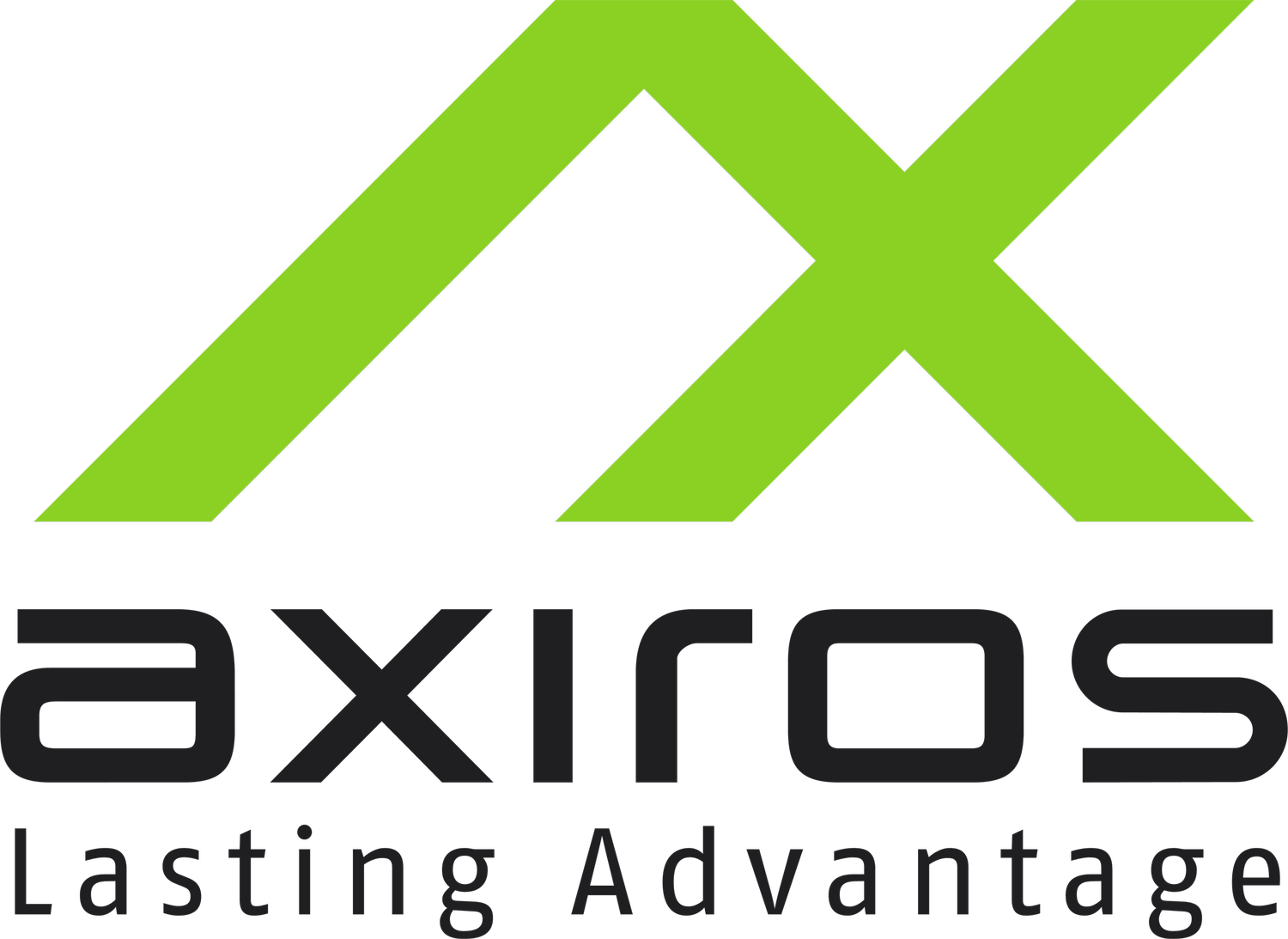Part 1 - DOCSIS Monitoring
Unveiling the World of DOCSIS Monitoring: Uncovering Key Performance Indicators that Shape Quality of Experience
Introduction
In the rapidly evolving landscape of digital communication, guaranteeing a top-notch user experience is crucial for both service providers and end customers. As the appetite for faster and more reliable internet connection continues expanding, cable operators rely on the Data Over Cable Service Interface Specification (DOCSIS) to deliver high-speed broadband services. However, ensuring seamless connectivity and optimal Quality of Experience (QoE) is not always straightforward. Various impairments within the DOCSIS ecosystem can significantly impact QoE, prompting the need for a comprehensive monitoring, alarming and mitigation approach.
Understanding DOCSIS Monitoring
DOCSIS is the established industry practice adopted by cable operators to provide broadband internet services over hybrid fiber-coaxial (HFC) networks. While DOCSIS has enhanced broadband delivery, the intricate structure of cable networks introduces various impairments that can degrade QoE. A robust approach for DOCSIS monitoring encompasses the continuous oversight of key network parameters and proactive handling of potential challenges, with the aim of securing an uninterrupted user experience. The subsequent sections outline the predominant DOCSIS KPIs and parameters that exert an impact on QoE.
Network Health: The Backbone of QoE
The essence of Quality of Experience (QoE) lies within the network's health. Monitoring network health involves evaluating the cable network's general stability, capacity, and operational efficiency. This process encompasses monitoring of vital HFC network parameters including:
DS RX power (Downstream Receive Power)
US RX power (Upstream Receive Power)
US TX power (Upstream Transmit Power)
DS CCER (Downstream Codeword Error Rate)
US CCER (Upstream Codeword Error Rate)
T3 and T4 timeouts (occurrences when cable modem fails to receive response from the Cable Modem Termination System - CMTS)
DS SNR (Downstream Signal-to-Noise Ratio)
US SNR (Upstream Signal-to-Noise Ratio)
DS CCR (Downstream Correctable Codewords Rate)
and US CCR (Upstream Correctable Codewords Rate).
Pre-Equalization: Optimizing Signal Transmission
Pre-equalization is a technique used to compensate for signal distortion in the upstream path of the cable network. The cable modem adjusts the characteristics of the transmitted signal based on information it receives from the cable headend. This adjustment helps to counteract the effects of impairments that can occur during signal transmission, such as frequency response distortions, noise, and other signal degradations. Pre-equalization ensures that the transmitted signals remain intact, reducing the likelihood of downstream impairments. By continuously adjusting pre-equalization settings, operators can enhance signal integrity and minimize post-transmission corrections. By observing the locations at which pre-equalization is implemented within the network infrastructure, it becomes feasible to detect nodes and components exhibiting potential vulnerabilities. This proactive approach enables the identification of imminent impairments prior to their manifestation, thereby mitigating the risk of service degradation and resultant customer dissatisfaction.
Microreflections: Navigating Signal Echoes
Microreflections occur when signals encounter impedance mismatches along the cable network, leading to echoes that can interfere with data transmission. Monitoring for microreflections helps identify areas with signal echoes, enabling operators to implement corrective measures like impedance matching and proper cable termination to eliminate or reduce their impact on QoE.
Tilt, Wave, and Rolloff: Fine-Tuning Frequency Response
Tilt refers to the variation in signal strength across different frequency bands. Wave distortion and rolloff, on the other hand, affect the shape of the signal waveform. Monitoring and correcting these impairments ensure consistent signal strength and shape throughout the network. Proper frequency response optimization enhances QoE by preventing signal distortion and attenuating unwanted noise.
Suckout, Noise and Adjacency: Minimizing Signal Interference
Suckout occurs when certain frequency bands experience a significant drop in signal strength. Monitoring for suckout helps detect areas with inadequate signal coverage and allows for adjustments to ensure uniform coverage. Additionally, noise monitoring helps identify sources of interference that can disrupt signal transmission. Mitigating suckout and noise sources leads to improved signal quality and better QoE.
Adjacency-related impairments, stemming from interference between closely spaced channels, can also be mitigated through attentive monitoring and optimization strategies. Adjacent channel interference can arise due to imperfections in the cable network, signal leakage, or other factors that cause signals from one channel to spill over into neighbouring channels. This interference can disrupt data transmission, leading to errors, lower signal-to-noise ratios, and overall degradation in performance.
Conclusion
DOCSIS technology has revolutionized broadband services, enabling cable operators to deliver high-speed internet to millions of users. However, the complex nature of cable networks introduces various impairments that can impact Quality of Experience. Effective DOCSIS monitoring is essential to ensure a seamless user experience by identifying and addressing network health issues, pre-equalization challenges, microreflections, SNR imbalances, frequency response distortions, and signal interferences.
By investing in comprehensive DOCSIS monitoring solutions and implementing timely corrective actions, cable operators can enhance their network performance, reduce downtime, and ultimately deliver a superior Quality of Experience to their subscribers. As the digital landscape continues to evolve, proactive monitoring and optimization will remain critical to meeting the growing demands for faster, more reliable, and consistent broadband services.
AXTRACT DOCSIS & PNM are Axiros' software solutions that encompass Proactive Network Maintenance (PNM) and DOCSIS-related functionalities for the management and optimization of cable networks. This solution offers monitoring, diagnostic, and management tools aimed at ensuring efficient network performance, enhancing Quality of Experience (QoE), and addressing the previously mentioned issues within cable networks utilizing DOCSIS technology. In the upcoming parts of this blog, we will delve into how AXTRACT facilitates proficient real-time network monitoring, empowering operators to proactively tackle network challenges.
Related Info:
Knowledge Base: DOCSIS PNM
Products: AXTRACT
